This question and many more will be answered in this article. Buckle up and let's dive into it!
Skiboards, snowblades, skiblades, skiskates... Is there any difference?
Yes, there is, but the one thing they have in common is that they are all types of short skis. We will have a closer look at the differences in the following paragraphs.
What are Skiboards?
You may know them as Skiboards, Snowblades, Skiblades or Big Foot. All being a short form of regular skis that allow free movement and enhance creativity and fun on the slopes.
Choose length that suits you best
The term "Skiboards" was established in 1998 and referred to the construction of the short skis developed from snowboards. This term seems to be the most common in the US, and it was used by companies like Atomic, Elan or Fischer. They were meant to carve on the edges like snowboards but were made separately for each foot, therefore still being skis.
What is the Difference Between Skiboards and Snowblades?
Skiing professionals like to distinguish between classic skiboards and snowblades. While both of these terms refer basically to short skis and are widely understood as such, you can find some differences between the two. Skiboards are more true to their snowboarding origin, therefore they tend to be wider, have usually wooden cores, feature twin tips to ride easily forwards and backwards and perform various tricks. Similarly, snowblades look more like their big ski brothers, which makes them slightly narrower and these are also usually made of the same materials their producers are using for full-length ski.
What are Snowblades?
The term Snowblades was supposedly popularized by french brand Salomon in the late 90s for their short skis. This also seems to be the most common term worldwide, used primarily in Europe.
What are Skiblades?
Skiblades is just another term for the same thing.
And what about BigFoot?
Many Europeans still remember the first mass-produced short skis called BigFoot, so that’s a common term used in Europe. But nowadays, younger and companies are promoting this dynamic winter sport under new names and new designs. Learn more about the best new skiboards and snowblades right here.
Here's everything you need to know about skiboards if you don't like to read:
When was the Skiboarding Sport Invented?
It might be surprising but the Skiboarding sport is not the fashion of past 30 years. In fact, the very first short skis were most likely invented thousands of years ago alongside the first long skis.
In the 1940's, mountaineers from Alps tried to make their ways across the mountains easier in winter and used short ski named Firn Gliders, aka Figl.
After 30 long years, skiboards were noticed by first ski producers, who spotted a chance to use the potential of these short ski to bring much more fun to the slopes. The modern history of short skis started in the 1970's, when austrian brand Kneissl introduced BigFoot, their 65 cm mini skis with foam core, non-release bindings and toes as tips.
Then Atomic came in the 80s and later in the 90s other big ski producers saw the potential of these fun short skis and started producing their versions. This was the golden era of short skis. As the amount of skiboards at the market increased, more and more skiers were tempted to try them out and find out what is so special about them. But don't be mistaken, even if they make the impression that they are made for free riders or professional skiers, that is a far cry from what they really have to offer.
Do People Still Use Skiboards and Snowblades?
However, their popularity is on the rise again. More and more skiers enjoy the unique experience they provide nowadays. Whether you're a beginner looking for an easy and stable way to hit the slopes or an advanced skier looking for a new challenge, skiboards and snowblades are the right choice.
And what about BigFoot and Figl Skis? Do they still exist?
Gear up for your next winter adventure
Are Skiboards Suitable for Beginners?
Yes, they are!
But that's not all. Skiboards can bring benefits to skiers of all levels.
For beginners, riding on skiboards is super easy to learn because the control of movement and speed is not complicated by long and heavy boards stuck to their feet. They can also be used as a preparation stage before moving on to regular ski. No more embarrassing moments on the slope with your ski tips crossed.
Intermediates may feel a huge improvement in their skiing abilities when they use their short ski to be more confident with their moves. That can bring them to start trying some tricks, in which they would be otherwise limited with regular skis. You just have to tame you fear not to get in your way.
Even if, as and expert, you may think you've already mastered everything, skiboards may offer you some extra experience. Maybe carving fast turns with your hand dragging in the snow or riding through the forest paths, there are no bad conditions for these. Just show what you dare for.
If a little inspo is what you need, look no further. Actually, watch this...
And if it's still not enough, then know, that there's a Skiboard World Cup being held, in which you can compare your skills with other skiboarders in six disciplines: the Fakie Downhill, Slope Style, Rails and Boxes and the Chinese Downhill (a race down the slopes backwards) and The Big Air. Seems fun, doesn't it? And you can bring home a medal!
Do children use snowblades?
Yes, children can use snowblades or skiboards. Skiboards are a great option for kids who are just starting out with skiing or for those who prefer a different type of skiing experience. Since skiboards are easier to maneuver and control compared to traditional skis, they can be a good choice for kids who may still be developing their balance and coordination.
Skiboards are often used by both kids and their instructors because they provide them both with flexibility and increased control over the skis.
Can kids use snowblades?
Yes, kids can use snowblades. In fact, skiboards can be a great option for kids who are just starting out with skiing or for those who prefer a different type of skiing experience. Skiboards are easier to maneuver and control compared to traditional skis, which makes them ideal for kids who may still be developing their balance and coordination. Additionally, the shorter length of skiboards can be less intimidating for kids, which can help them feel more confident and comfortable on the slopes.
Something even shorter for the little ones
Are shorter skis better for older skiers?
Skiboards / snowblades / skiblades are better for older skiers because they are easier to control and maneuver, which can reduce the risk of falls and injuries.
As we age, our reaction times slow down and our muscles may not be as strong as they used to be, so shorter skis can help compensate for these changes.
Short skis are also more stable at slower speeds, which can be beneficial for older skiers who may not want to ski as aggressively as they did in their younger years. They are also generally lighter, which can make them easier to carry and transport.
Additionally, short skis have a smaller turn radius, which can make turning easier and more efficient. This can be especially helpful for older skiers who may not have the strength or stamina to make larger, sweeping turns.
Are skiboards easier than skis?
Yes, they are. As mentioned above, they are shorter, and therefore easier to manuever. Plus, they provide wider base than regular skis with an extra support. Skiboards are amazing skis for beginners and even for skiers with knee injuries, since it doesn't take too much of strength to carve or take turns.
What is the History of Skiboards?
It was in the mid-1970's, when the Kneissl with Big Foot pioneered in the short ski production. Bringing not only the game-changing idea of making the skis shorter to provide an easier ride on the snow, but also an iconic design for the left and right foot separately with printed toes.
Varieties of Big Foot ski by Kneissl

In the 1980's Atomic came up with their Figl Skiboards with the idea to offer the light short ski to European mountain climbers who could easily ride down the hill on their way back from climbing. Some adrenaline seekers also used them on frozen lakes in ice-skating mode.
Varieties of Figl Skiboards by Atomic
 .
.
Since 1997, other producers have recognized the potential of these fun skis and entered the market with another innovative versions of snowblades using different kinds of bindings, materials and construction.
The highlights in skiboarding history were the Mikroski created by Kent Keiswieller who redesigned the snowboard construction, Klimax with their short boards performing exceptionally in carving turns at their time, or later Head introducing the release bindings for the first time.
Varieties of Snowblades being Produced in 1990s and Early 2000s

The main reason why snowblades became so popular is the simplicity of the idea to make the regular skis shorter to allow more movement to the whole body and remove the excessive weight from the legs.
As the time went by, many manufacturers have joined with their efforts to make their own versions of short ski using different materials for the boards and for the bindings as well. However, in many cases the quality and performance of these short skis was not on a high level, which discouraged a lot of skiers and casted a shadow over the entire sport.
In the past 20 years skiboards have been on decline. Today however, we seem to be at the beginning of a skiboarding renaissance, thanks to the recent boom in skating, decline of snowboarding and the whole 80’s and 90’s nostalgia.
Anyway short skis will always find their fans across the slopes who are willing to go beyond the regular and enjoy the freedom and fun that these short skis provide.
Are Skiboards by Snowfeet* Different?
As we truly believe that this sport has a lot of potential and that it would be really sad to let it be forgotten, we want to put our own efforts into supporting the growth of the snowbladers' community and as well to pay a tribute to the pioneers of this sport. So, we have developed our own Snowfeet* Skiboards for you so that you can become a proud promoter of this fun sport on the slopes.
Not only that we want to keep this tradition alive and make our contribution to this efforts, we have also come up with innovations and improvements that would make snowblades feel perfectly at home in 2020s. 
Our first concern was how to sort out the bindings to provide as much comfort as possible and to maintain the safety as well.
So, we have equipped our Skiboards with ski boots bindings that is easy to fasten, it is safe and andjustable to fit sizes of ski boots 36-49 EU / 4.5-14.5 US / (22.5-32.5 MP/Ski boot size). And as we know that from snowblading its not that far to snowboarding, we have added another version of our Skiboards with bindings that fits snowboard boots in sizes 38-49 EU / 6-14.5 US.
Skiboards by Snowfeet* are made in the length of 26 in / 65 cm. However, we kind of felt that one length version is not enough. Therefore, it will be no surprise that we have introduced another version of Skiboards that are a bit longer than the original ones, and therefore are providing the perfect middle course between traditional skis and mini skis.
The longer versions of Skiboards is available in the length of 35.5 in / 90 cm, 39 in / 99 cm, and 47 in / 120 cm with ski boots bindings and in four color variants.
How Do I Choose Snowblades?
Choosing the right snowblades is easy in comparison to choosing skis. You need to consider only the following: your skill level, preferred footwear, and favorite style of ride.
Skill Level
Consider your skiing ability. If you're a beginner, you might want to start with shorter and more forgiving snowblades that are easier to control. However, do not pick snowblades shorter than 90 cm - they might be challenging in terms of keeping the balance. Intermediate and advanced skiers can opt for longer and more performance-oriented models, especially if they enjoy carving and fast ride.
Choose shorter snowblades (65 cm) if:
- you are a skater or hockey player and you want to try skiskating, a combination of skiing and skating on snow
- you are looking for more freedom and possibilities in performing tricks
- you want to make short quick turns
- you want the first skis for your child
- you want to ride across moguls
Longer snowblades (99 or 120 cm) are a great choice if:
- you enjoy carving
- you want to ride fast
- you prefer skiing in powder
- you learn skiing and are looking for some beginner-friendly skis
Length
Snowblades come in various lengths, typically ranging from around 75cm to 100cm. Shorter blades are easier to control and maneuver, making them a good choice for beginners. Longer blades offer more stability at higher speeds and better performance in deeper snow.
Width
Wider snowblades provide better stability and flotation in soft snow, while narrower blades offer quicker edge-to-edge transitions on groomed runs. Consider the type of terrain you'll be skiing on most often.
Bindings
Ensure the bindings are adjustable and compatible with your ski boots. Some models have integrated bindings that are adjustable for different boot sizes. Make sure the bindings are easy to adjust and can securely hold your boots in place.
What are Skiskates?
Skiskates are very short skis, basically skates for snow.
Well, having said all the necessary, we hope we have convinced you that you can't go wrong with skiboards. However, there's yet another kind of short ski, or rather mini ski, that you may have not heard of before, that allow you to earn even more from snowy hills. And the best part is that you don't even need a hill!
You have surely heard of Snowfeet*, the mini ski we have invented that are fastened directly to your regular winter boots so that you can ride them anywhere and everywhere.

Well, we have got a brother to our Snowfeet* now! A bit longer, but still being mini ski, packed with useful equipment you will appreciate in winter gear, such as heel brake, safety leash, metal edges, high radius tip, and of course a high quality construction including wood core. Behold, these are Skiskates by Snowfeet*.
Skiskates are the shortest skis in the world, combining skiing and skating.
With a body consisting of cap construction and wood core, skiskates are pretty similar to the traditional skis you know, but with some extra advantages.
They are very short - only 44 cm - which allows you to enjoy your ride to the fullest.
What is the difference between Snowfeet and ski skates?
The main difference is the construction and the optimal footwear.
Skiskates are made out of similar materials as skis, with bindings intended for ski boots or snowboard boots.
Snowfeet* are made out of highly durable fiberglass reinforced material and you can wear any winter boots or snowboard boots.
Available in multiple colours
How do you use mini skiskates?
The movement is similar to ice hockey or rollerblading. If you know how to do that, skiskating will be a piece of cake.
Basic tips on how to skiskate:
- keep the front-back balance by placing your weight over the middle of your feet or over your heels
- keep your legs flexible, at about shoulder width, slightly bend your knees and lean the upper part of your body forward.
- place one foot in front of the other if it helps you increase your stability.
- stopping is pretty easy,it’s similar to stopping with skis or skates.
Are Skiskates Good for Downhill Skiing Only?
They have been developed to allow all kinds of movements on the snow and you don't have to be limited by going downhill only. You can use them to ski, of course, but also to skate on the snow. Do you want to ski, enjoy some jumps on the way, ride through bumps, and skate on snow right to your doorstep? Grab these and you are free to show your skills.
And we know just the perfect way how to jump into winter season in a cool way. It is with Skiskates with fresh modern design, superb quality and made by reliable and professional producer. And guess what? Our own Skiskates tick all the boxes! 
Are Skiskates Good for Beginners?
Skiskates can be a bit challenging because they are very short, but it helps to know how to skate. The learning process is fast, though.
Skiskates are easy for rollerbladers or hockey players since they already know their way through the ice and snow. For the rest of the beginners, skiskates can be a bit challenging, since they do not provide a long and firm base and they require a different style of moving.
However, the learning process is super fun and fast, so you will enjoy your whole journey with skiskates.
Interested? Wait no more and head to our shop!If there's anything you would like to know before you hit the "order" button, feel free to ask us in the comments section down below.
Enjoy the ride!
Yours,


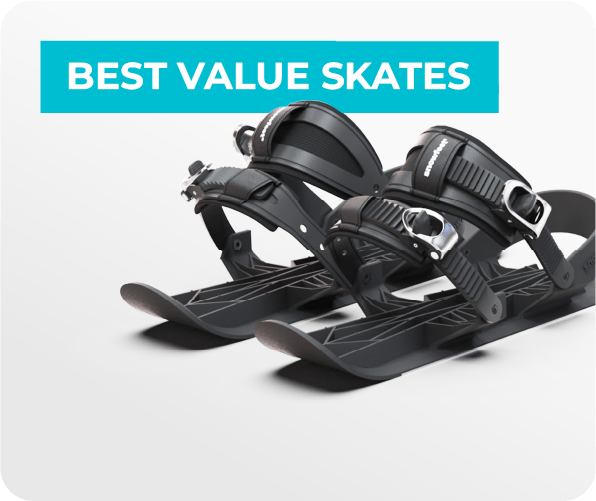
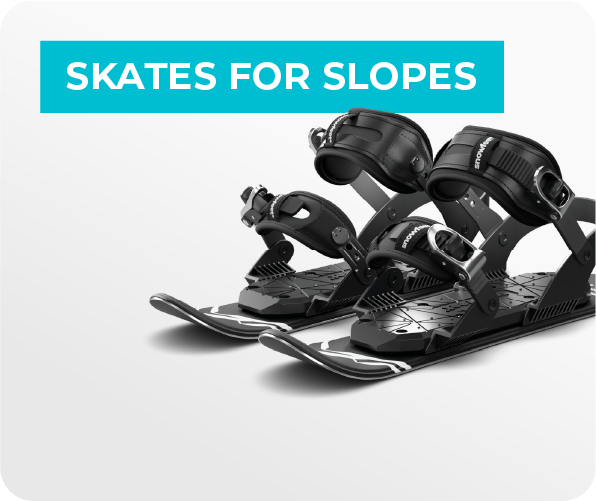
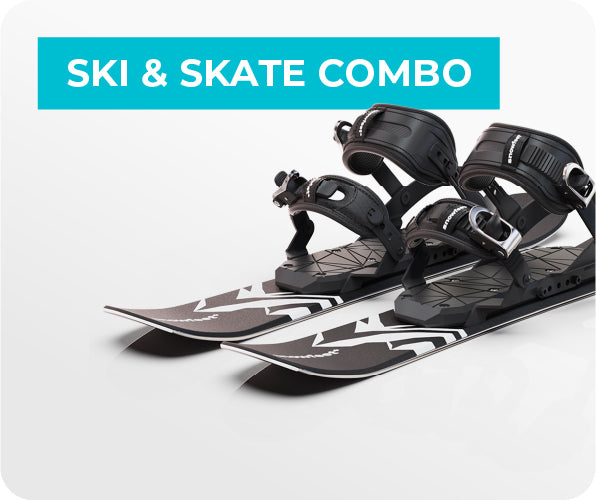
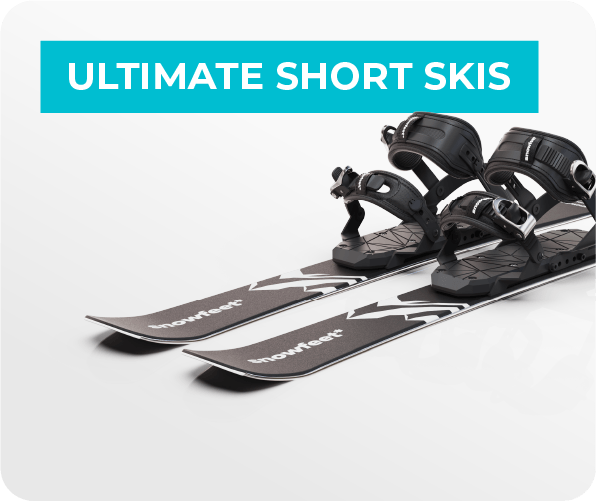
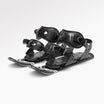
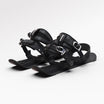
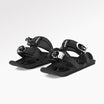
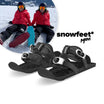
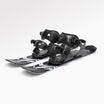
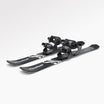
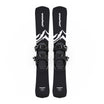
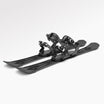
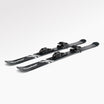
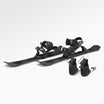
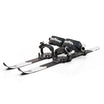
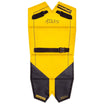
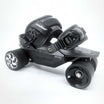
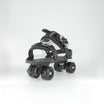
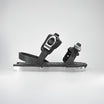
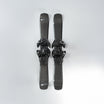
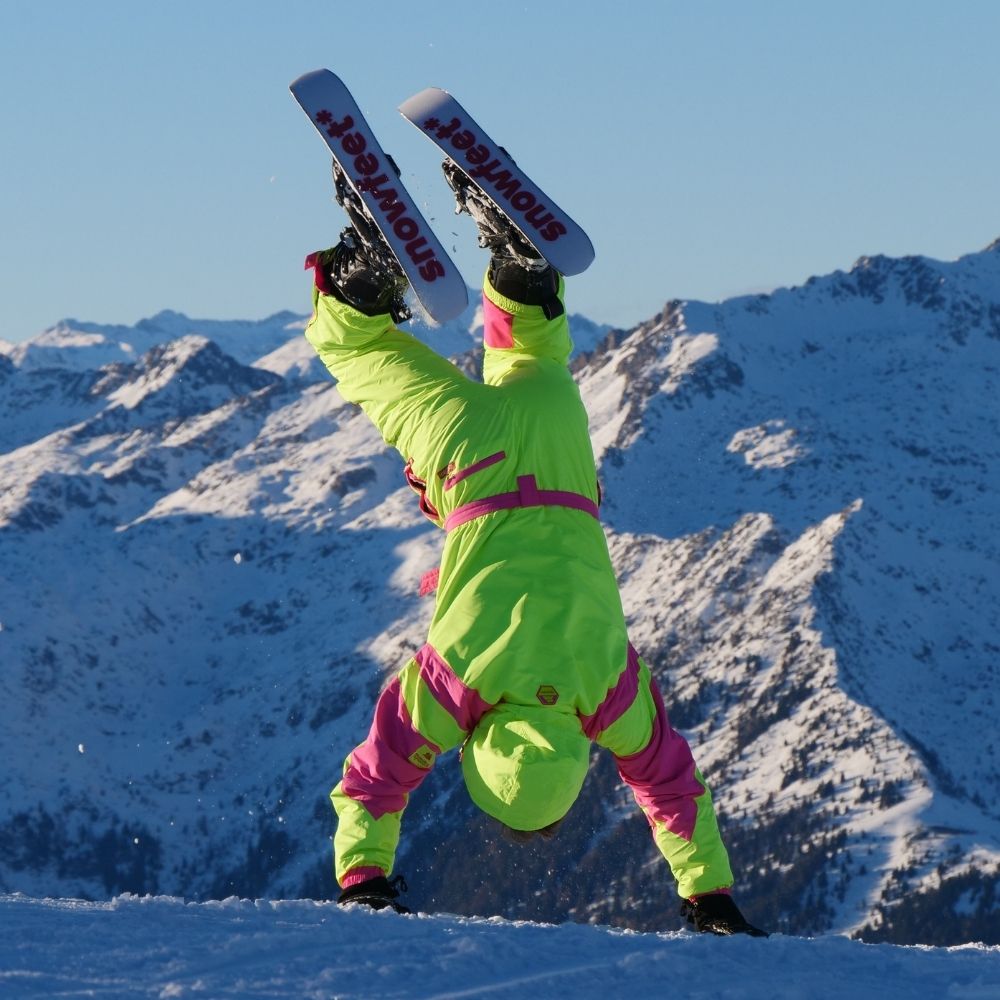


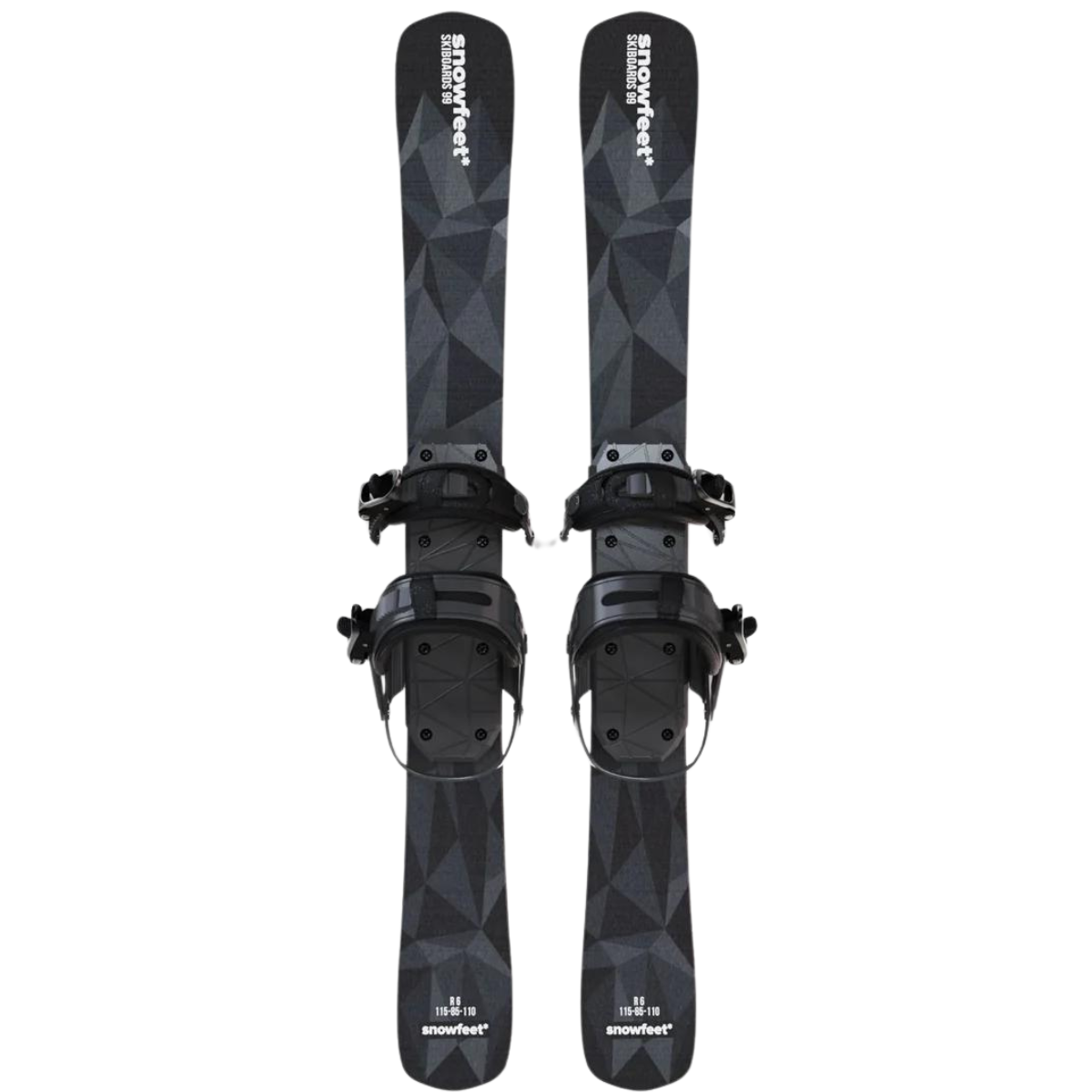





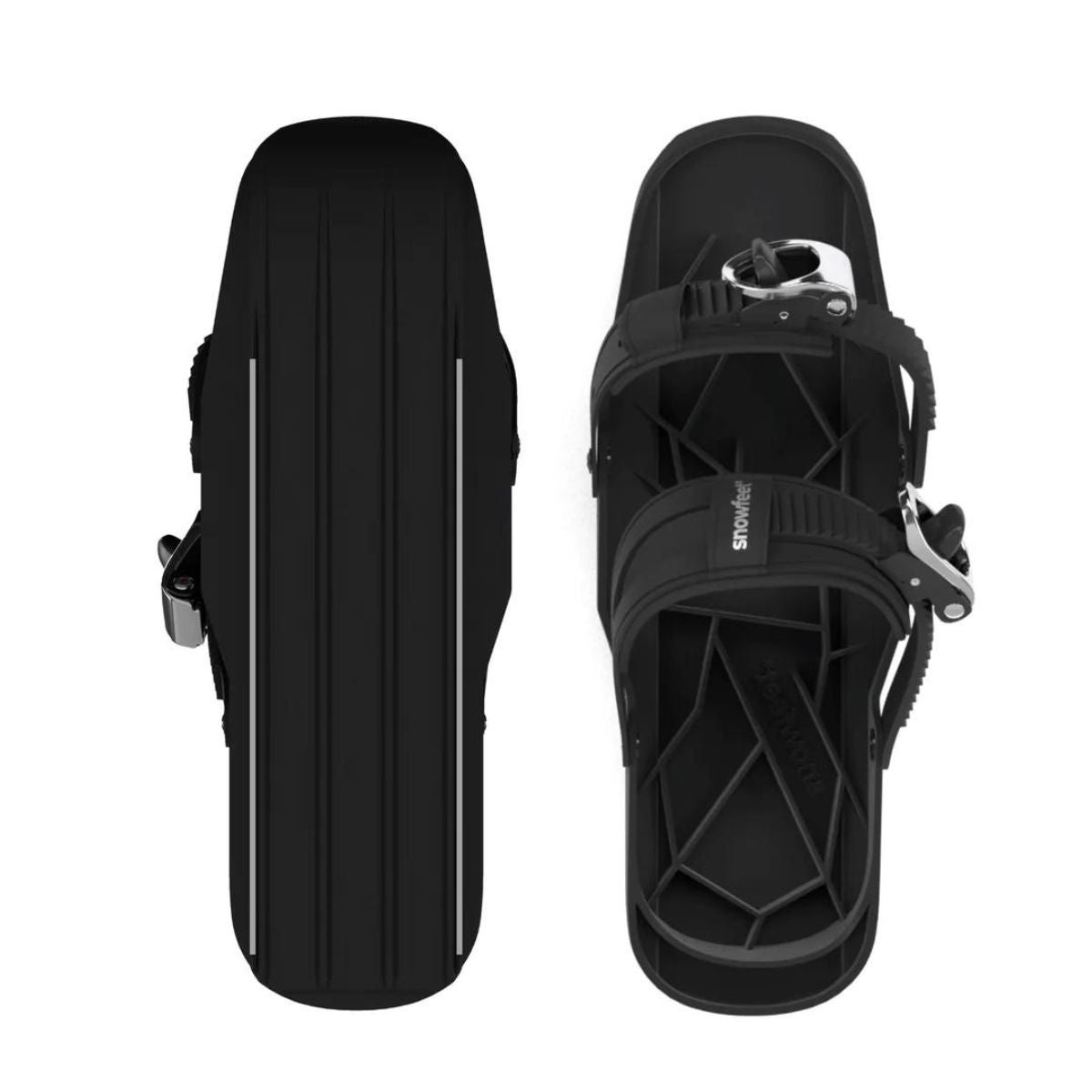
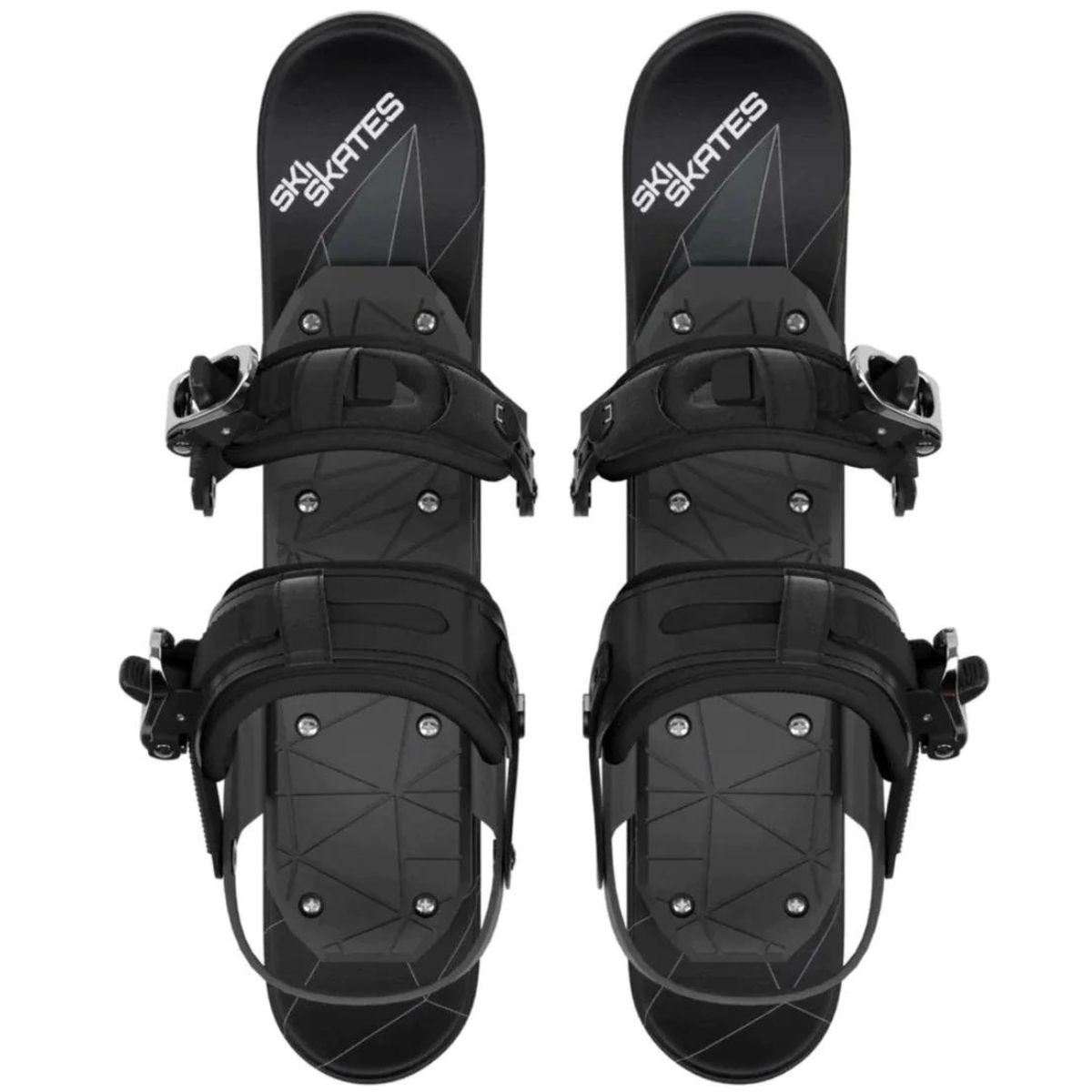

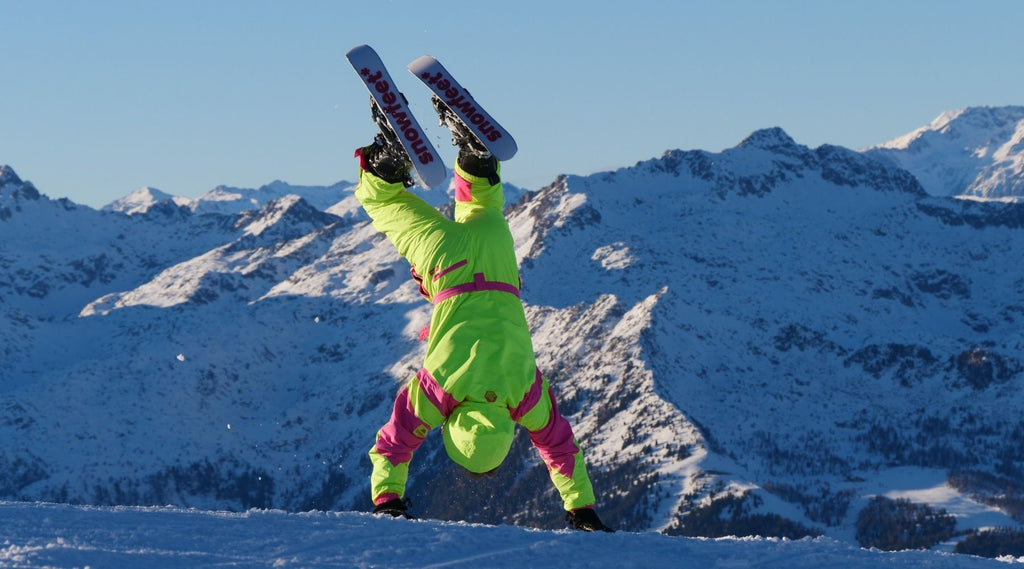





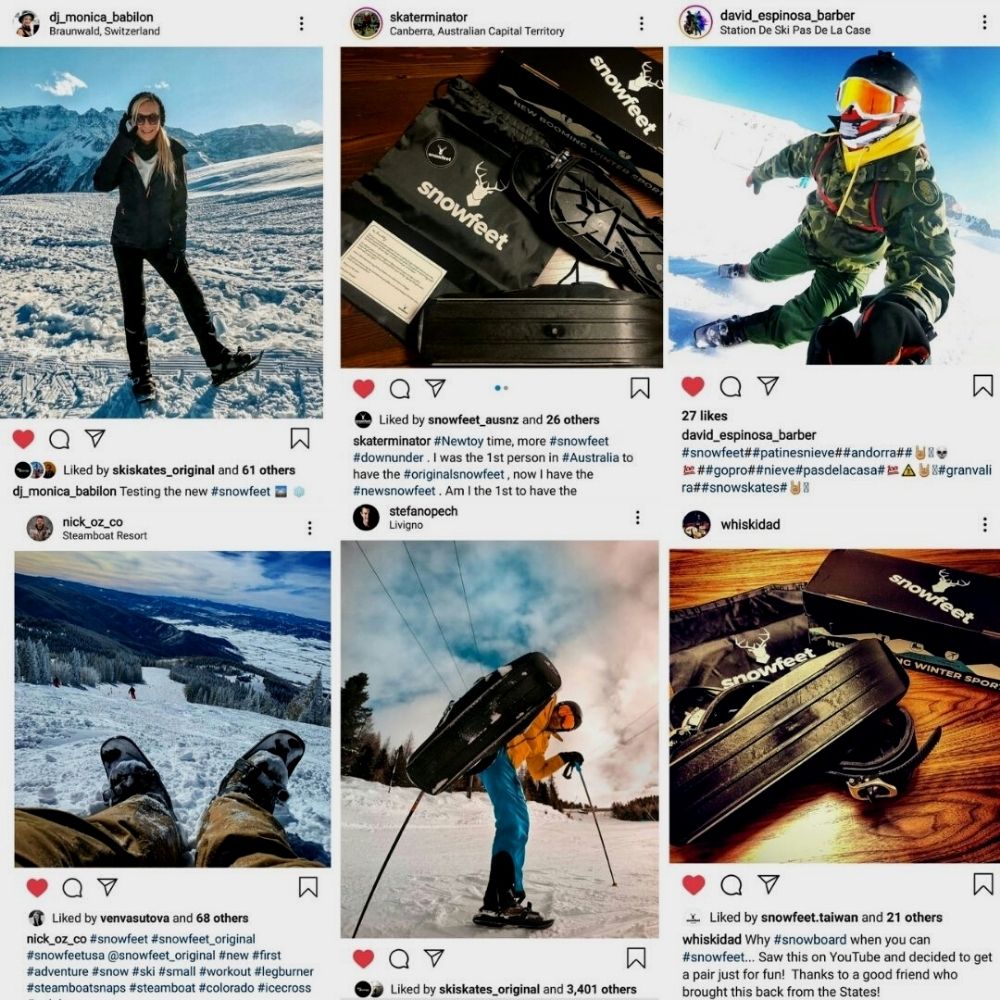
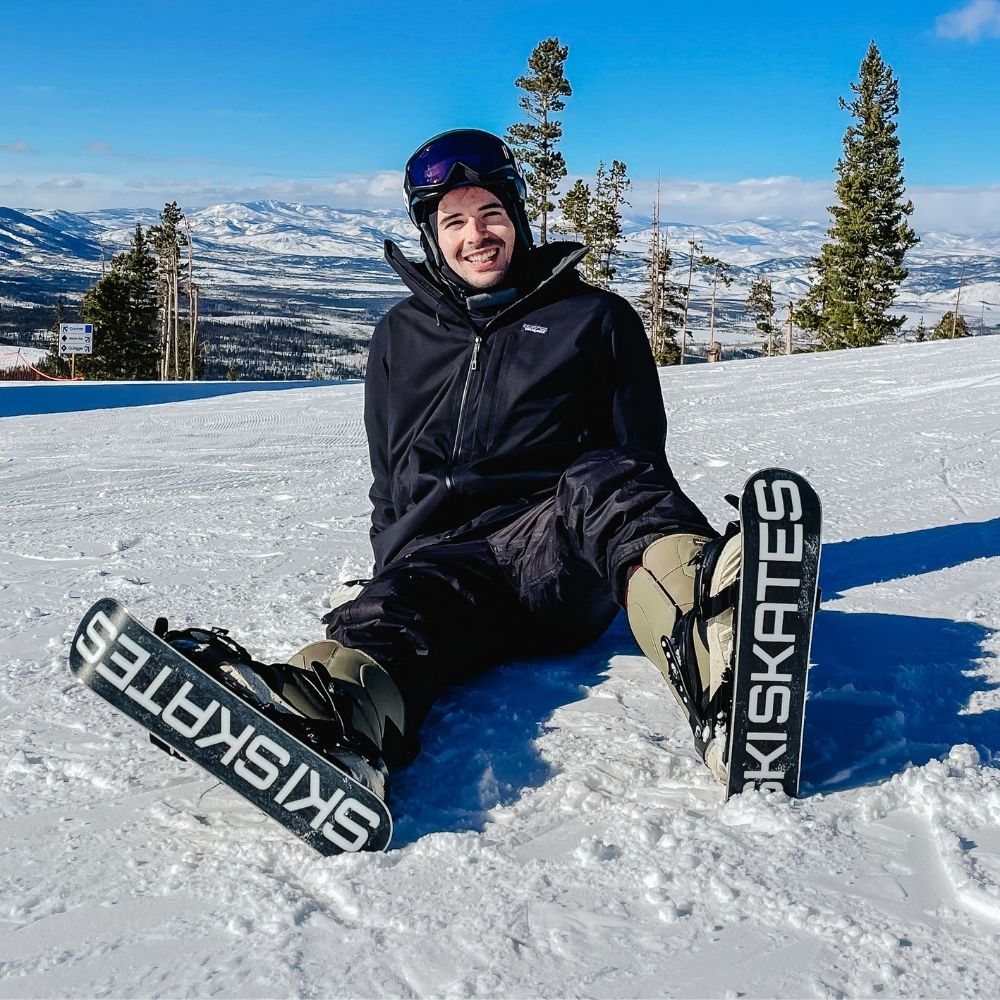
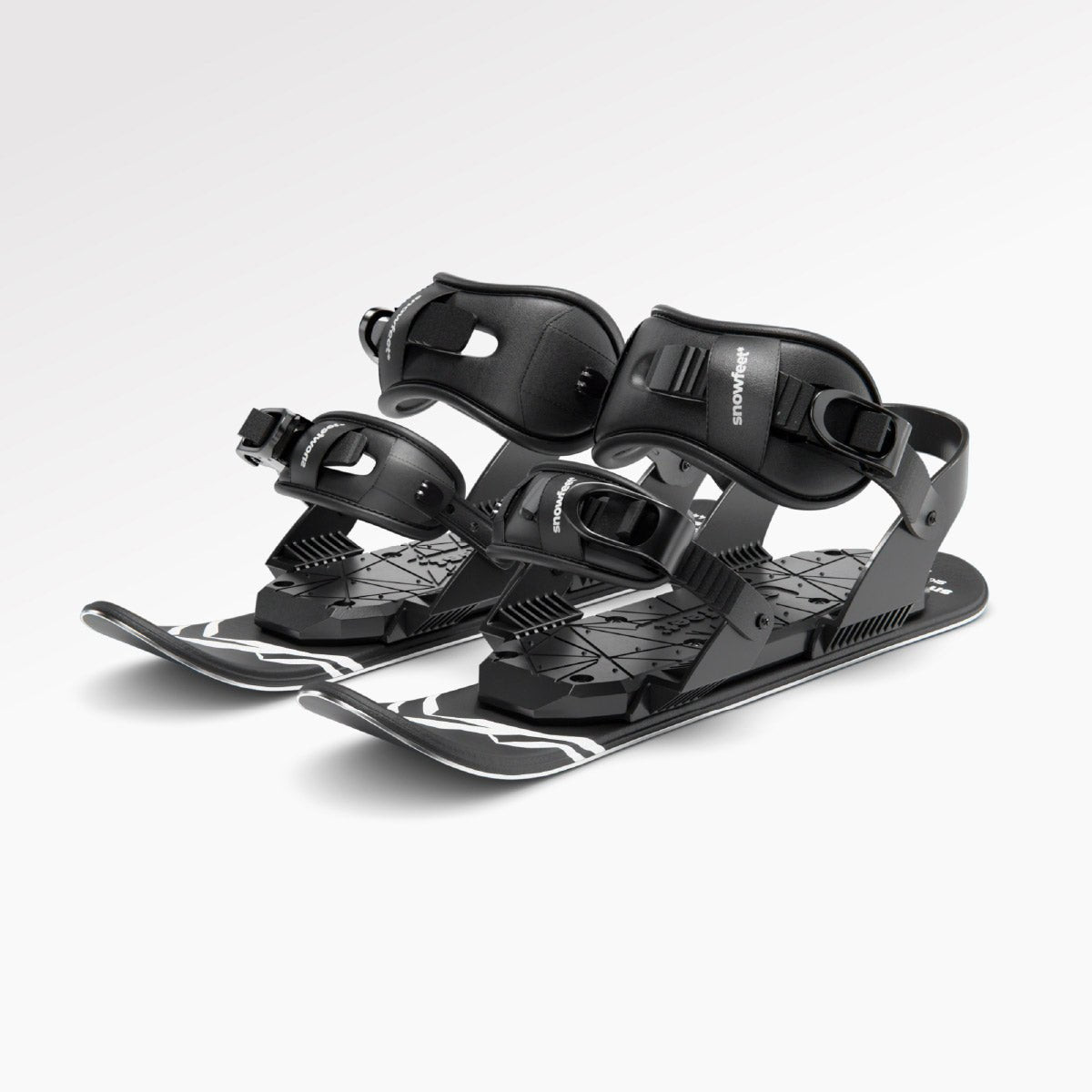
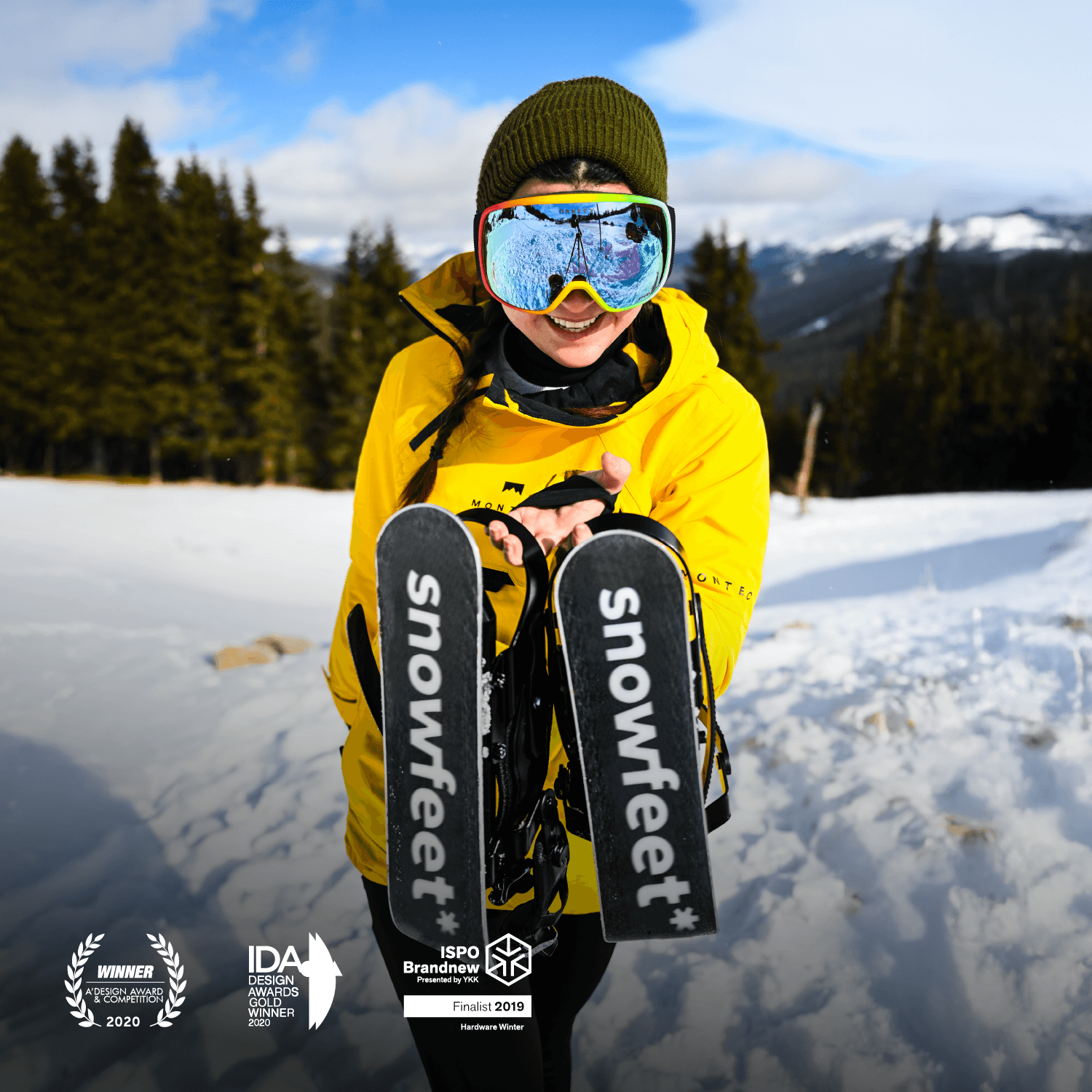
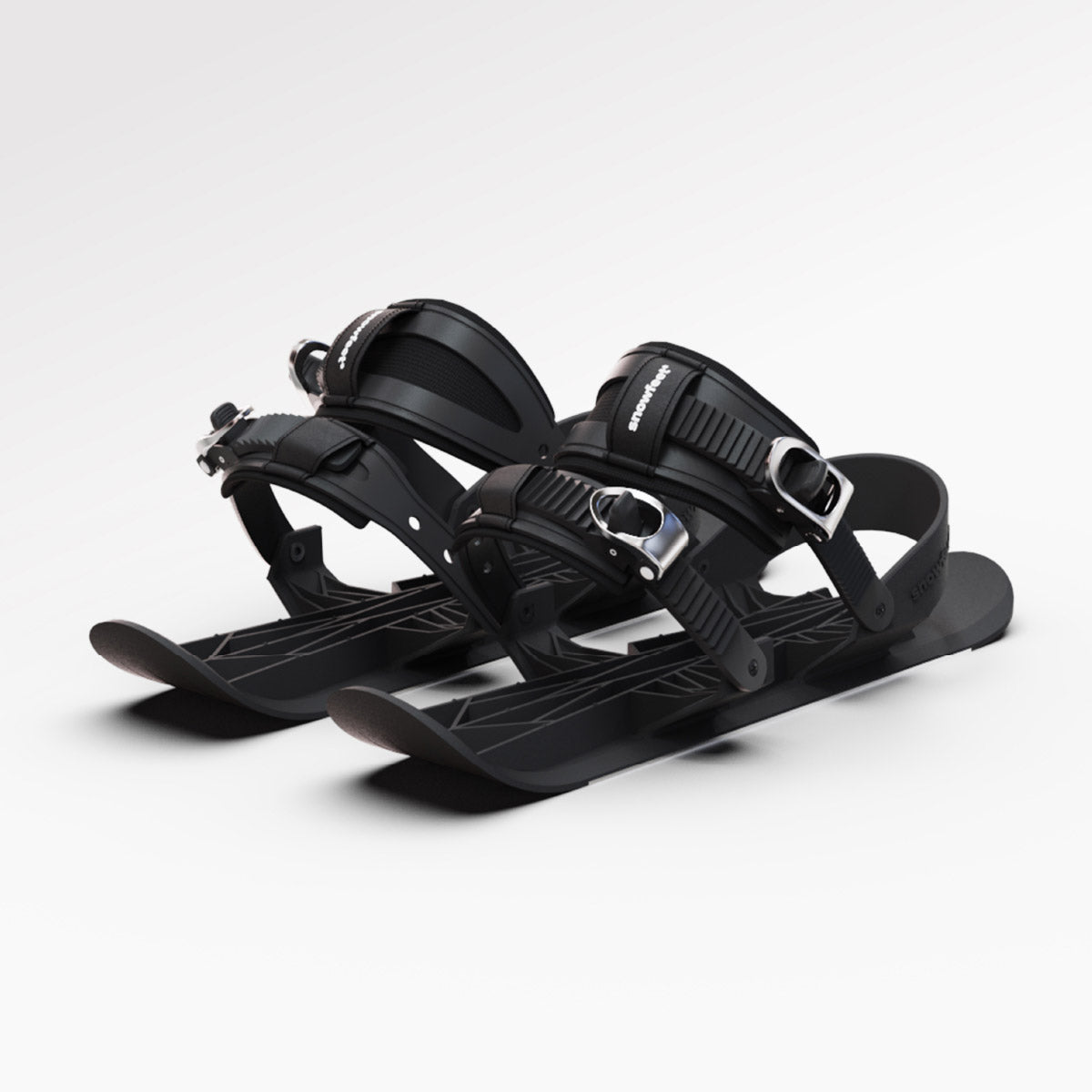
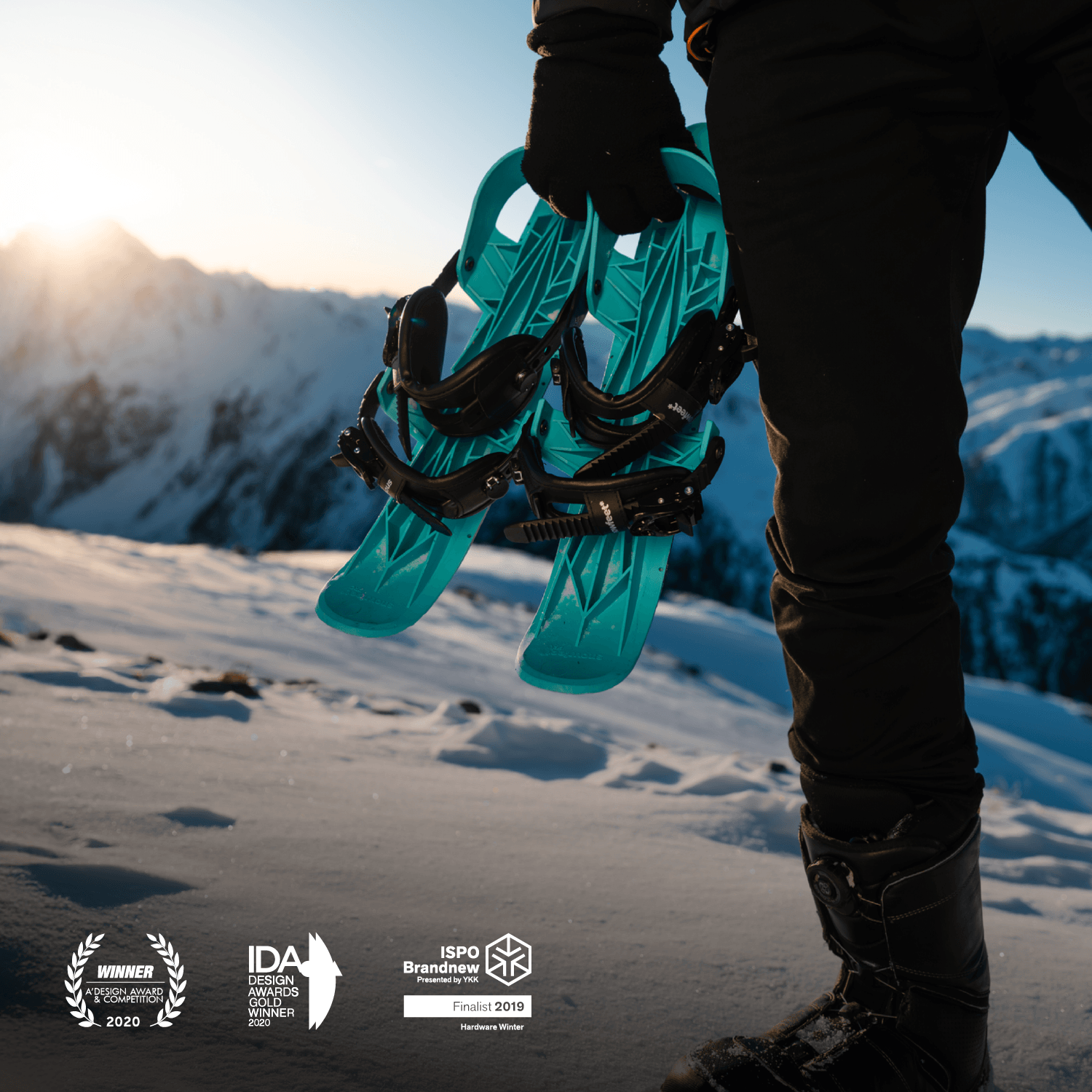
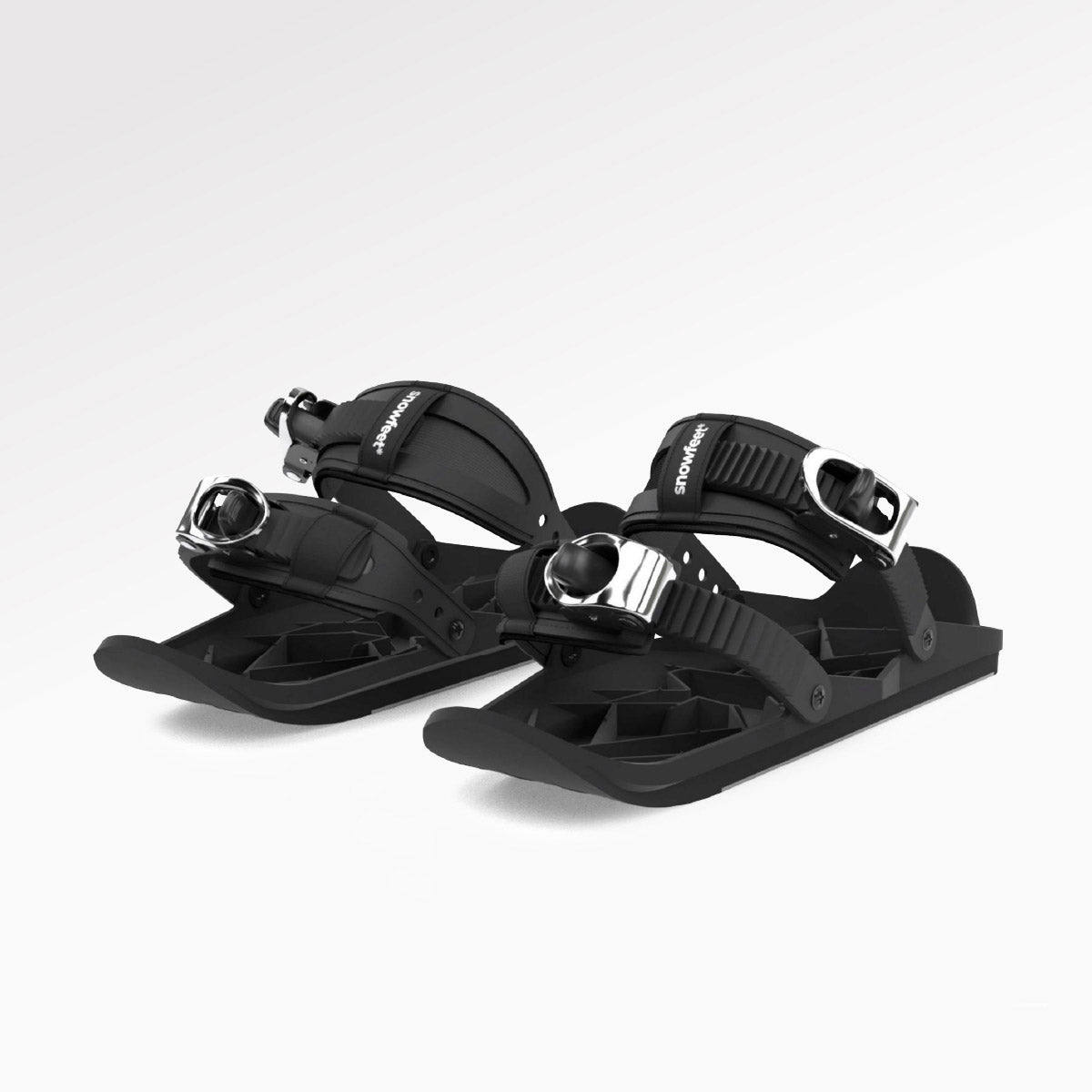
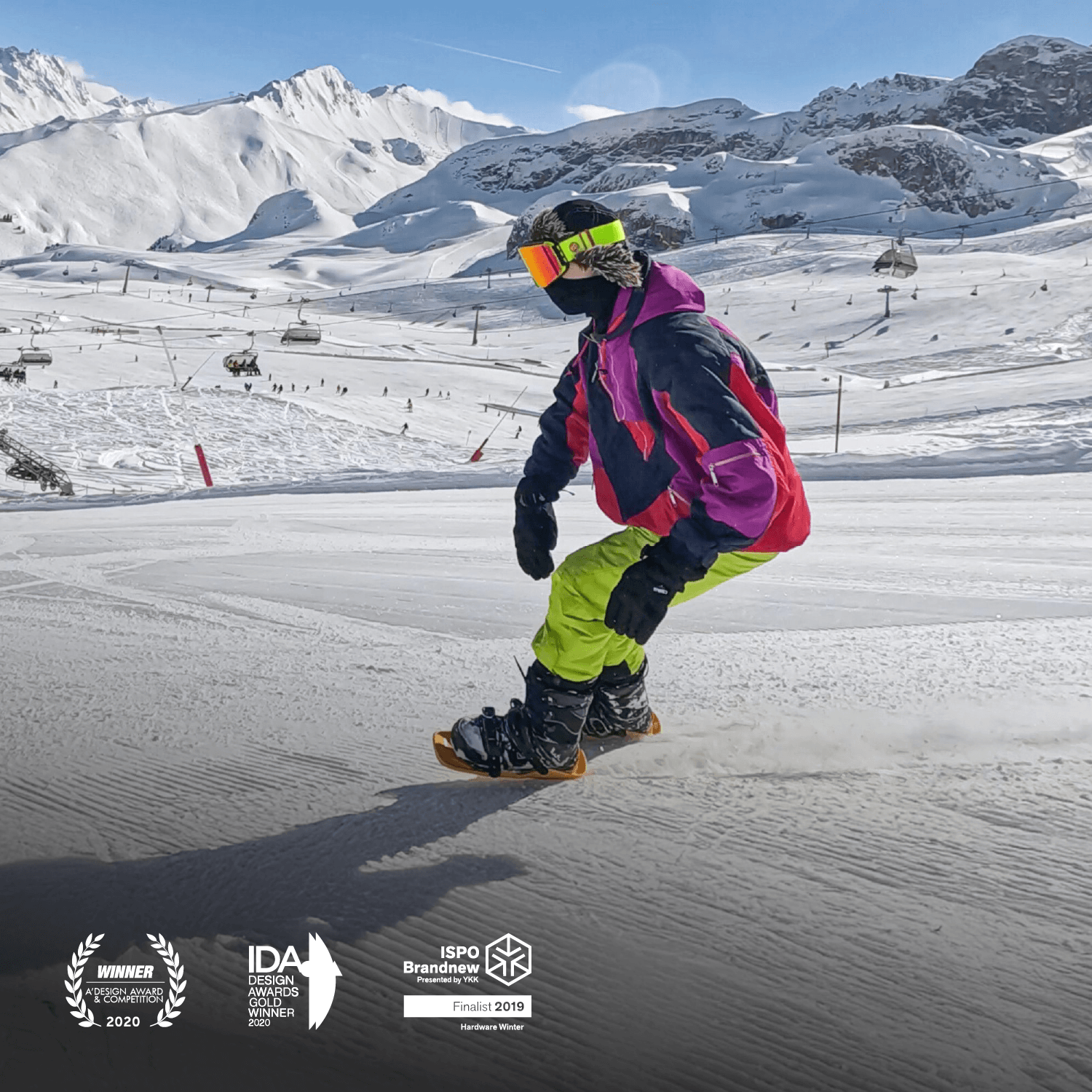
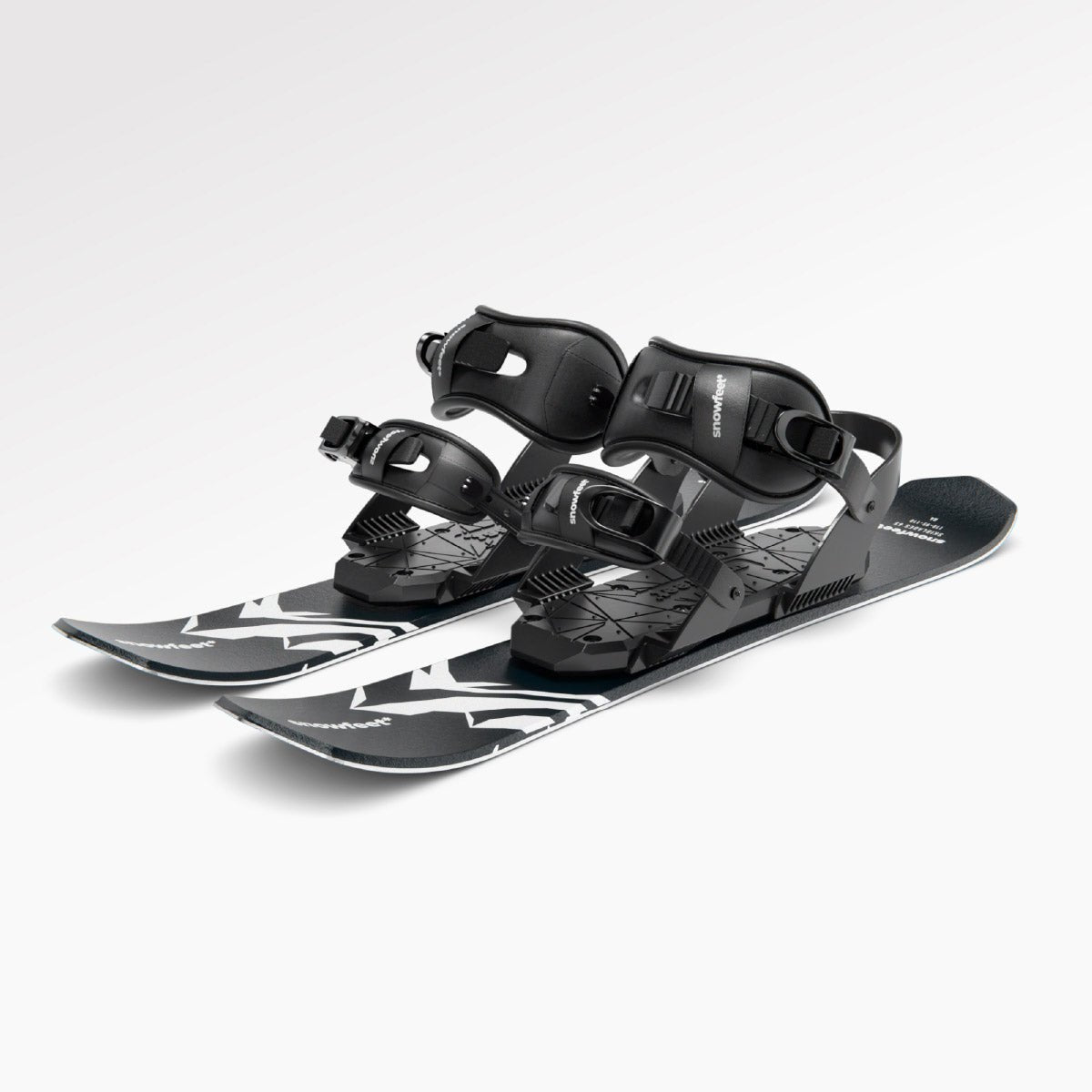
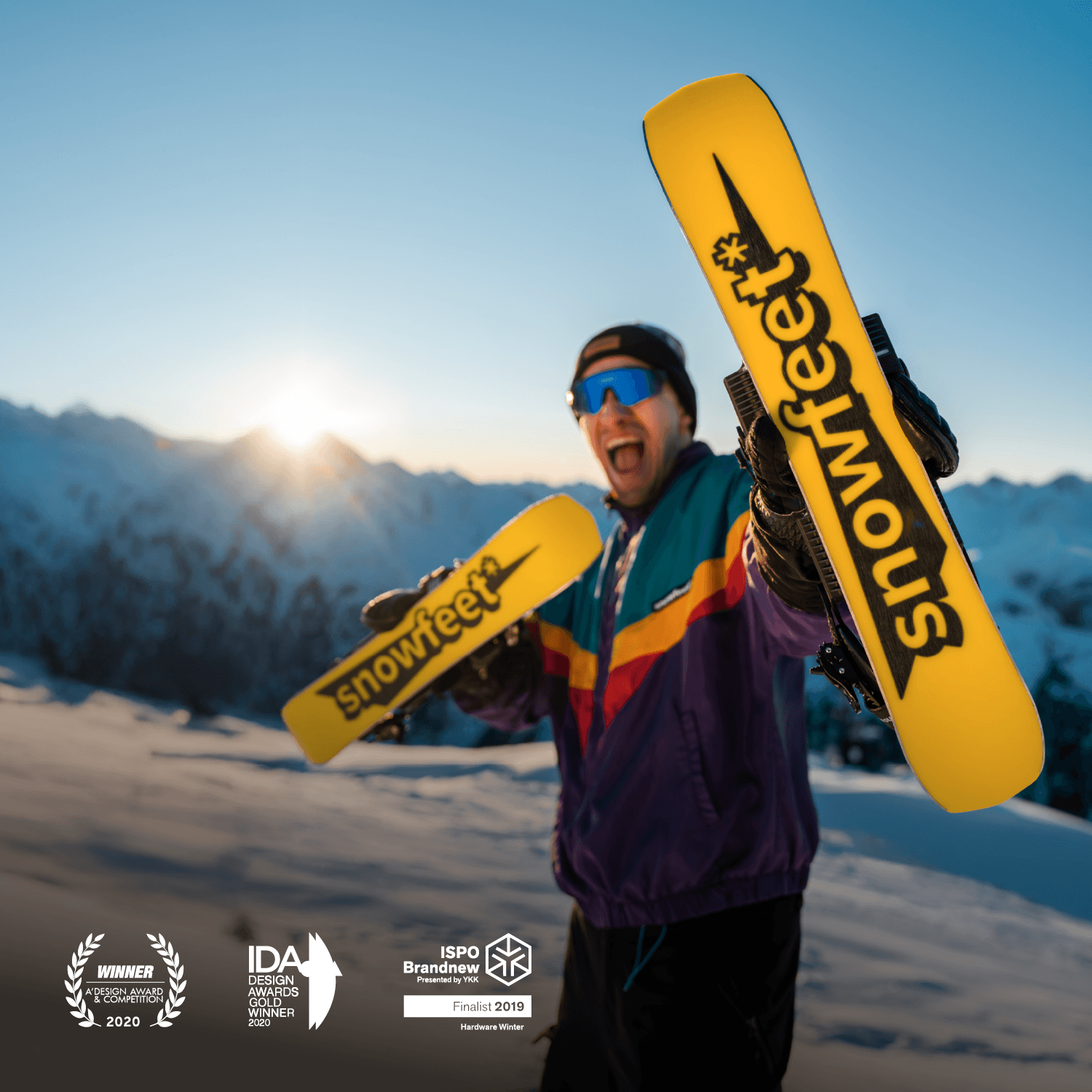
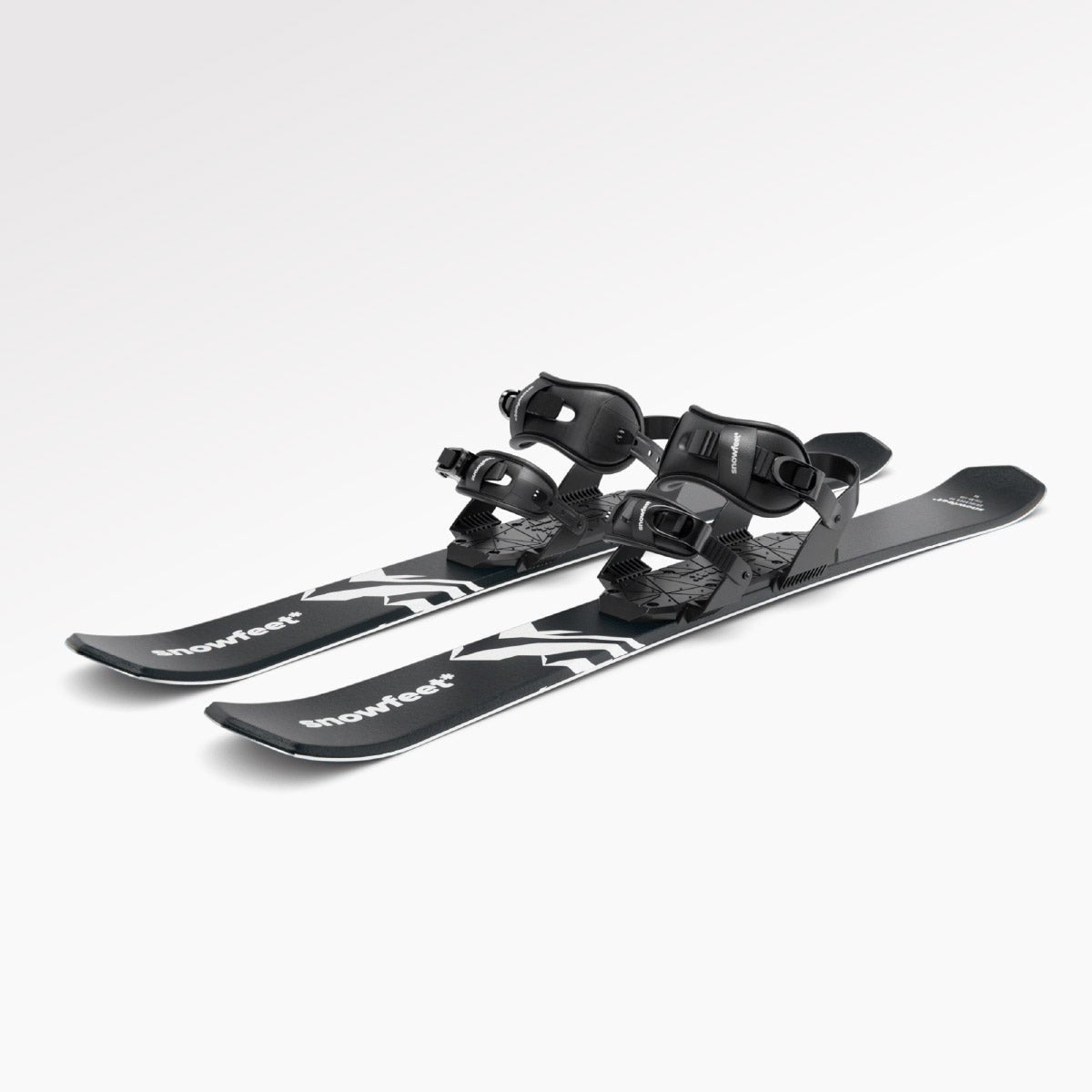
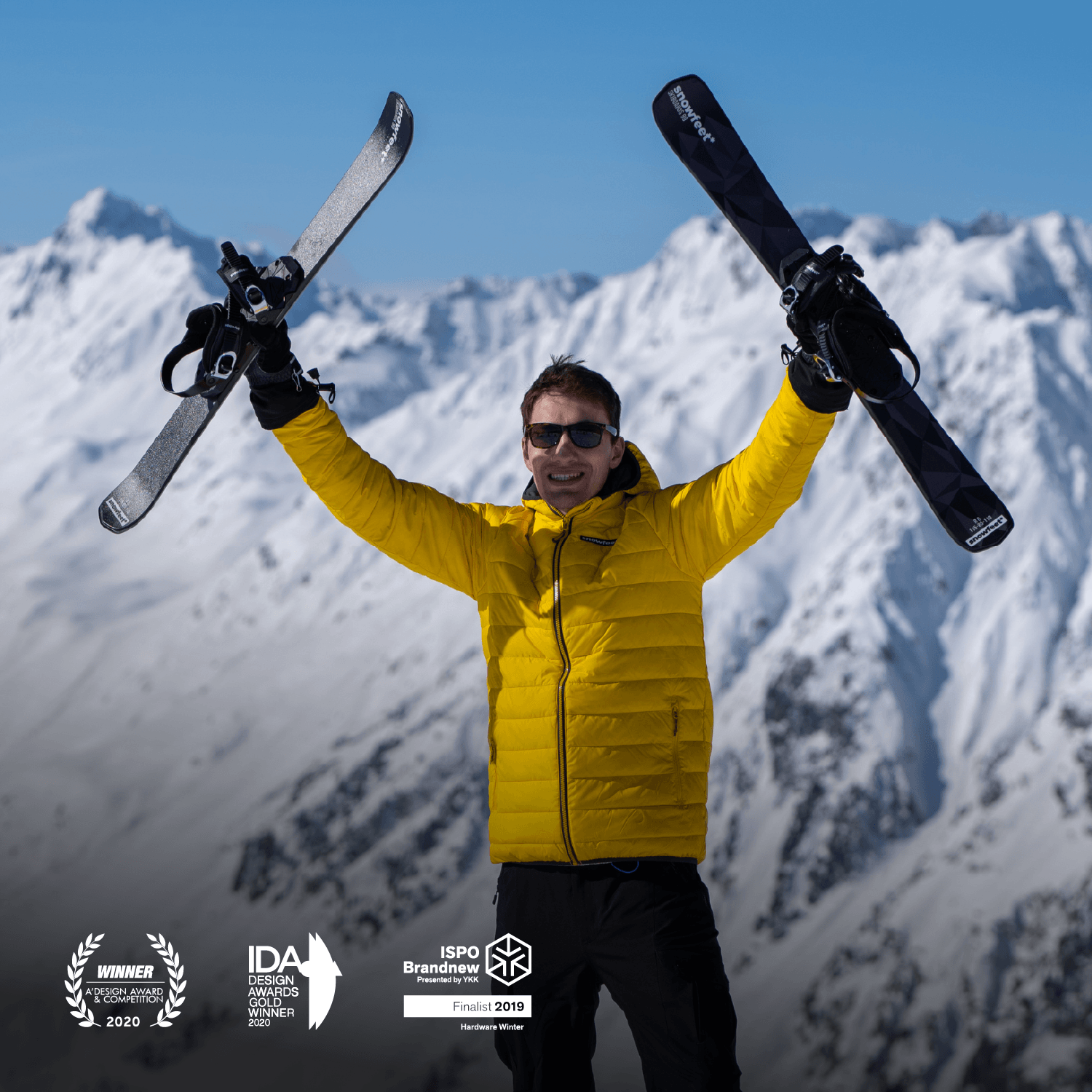
20 comments
MichaelCok
Finding the right protective overlay plays a big role in property improvements. If you’re refreshing exposed flooring, Residential Epoxy Driveway Installers represent the most sought-after solutions on the market.
Epoxy Pool Deck Coatings provide a safe surface for wet areas. These solutions resist constant moisture while providing cool-touch finishes. Perfect for hotels, they improve safety of pool areas.
Sun-safe epoxy finishes resist UV degradation, maintaining the aesthetic appeal of your poolside finish. Because of formulated additives, these coatings look new even after extended sun exposure.
Residential Epoxy Driveway Installers deliver expertise when it comes to applying long-lasting epoxy vehicle pads. It’s best to use trained installers who know substrate prep. Their tools produces an even finish.
Next-day polyaspartic crews have changed the way we finish floors. Compared to old methods, this resin dries in mere hours. Chosen in homes with high use, avoiding disruption.
In closing, UV-Resistant Epoxy for Pool Surrounds enhance residential curb appeal through smart technology. Offering both beauty and protection, these options lead the way.
Patio Coated Finish around Spring Hill Florida[/url] to Choose the Best Epoxy Poolside Applications for Long-Term Durability[/url] fc3de7aLouiekitly
Frequent Care Prevents Costly Fixes
Routine roofing care can avoid massive and expensive fixes if neglected unaddressed for extended times. Minor problems like seepages, fissures, or missing shingles could develop into serious issues if ignored. Homeowners should arrange regular inspections with qualified roof professionals to detect any concerns quickly and fix them ahead of they grow costly headaches. Preserving a roof in good condition can extend its durability and save property owners money over time.
In order to demonstrate An house owner observes a tiny drip in their roofing and contacts a certified expert to inspect. The contractor identifies multiple problems that could have led to serious damage if left unattended. Resolving these concerns promptly preserves the homeowner thousands of money in possible restorations.
For the purpose of example An dweller arranges yearly checks for their covering. On one of these inspections, the contractor finds early signs of wear. Proactive care performed promptly lengthens the durability of the roof and prevents high-priced restorations in the future.
roofing professionals near me in Southport NC[/url] Roof Destruction from Critters[/url] bfc3de7Jeffreymub
drunk driving charge laws within Ohio could be complex, only it’s essential to bring a good understanding of these if members find expenses. Operating under that influence (DUI) is truly a grave misdemeanor in which can come with substantial ramifications on ones future. In Ohio, on lawful threshold for blood alcohol content (BAC) is 8 percentfor greatest drivers and 0.04% business individuals.
If you’ll be pulled over by legal police and suspected of dwi, they could achieve roadside sobriety trials or substance assessments, these since breathalyzer or blood stream checks, to establish a level of handicap. Declining regarding tests can lead to automatic sanctions, including license suspension.
drunk driving offensive activity in Ohio maintain various penalties, according on variables such as prior prosecutions, BAC quality, additionally when indeed there seemed to be an crash or trauma associated. Results can offer fees, license suspension system, compulsory alcohol cures services, probation, and actually penitentiary time. Repeat offensive activity and annoyed conditions can cause more dangerous consequences.
Employing a skilled DUI shield attorney is vital to navigate the complexities of Ohio DUI laws. They does examine the research, encourage the legality of the avoid, doubt the dependability of challenges, and check out potentiality defense to help minimize the expenses. On the other hand, an personal injury attorney can guidelines you by the legal process, determining the protection under the law are insulated and promoting for the best feasible end.
Keep in mind, being instructed up to Ohio’s DUI regulations and searching the support of an suffered legal representative are required steps in perfectly dealing with a DUI bill and safe guarding your own longer term. [url=https://www.cincinnaticriminal-lawyer.com/]hit and run attorney[/url]
BennettSwire
Yo, a person need to take a look at this crazy internet site. It’s filled together with thousands of porn pics featuring naked women with big, luscious tits. They’re most about those single shots in very hot photo classes. nudes girls thick pics is where it’s at.
KarenPoulk
Guaranteeing the safety of your business is essential in today’s competitive marketplace. One of the best ways to protect your business assets and financial documents is by investing in a reliable commercial safe. Regardless of whether you’re housing money, important records, or confidential data, a safe provides a critical layer of protection for your enterprise.
When choosing a safe for commercial use, there are several factors to take into account. First, appraise your company’s protection necessities. Decide exactly what items need protection and the extent of security needed.
Next, consider the size and type of safe necessary for your enterprise. Select a safe that suits inside your enterprise’s room while providing sufficient storage for assets. Think about whether or not the safe needs additional attributes such as fire resistance or water repellency.
Additionally, examine the security features of the safe. Search for characteristics such as advanced locking mechanisms, robust construction, and tamper resistance. Take into account putting resources in a safe with extra security measures such as thumbprint scanners or digital keypads.
Lastly, ensure the safe suits inside your company’s budget. Set a realistic budget based on your protection necessities and research choices that fit inside your budgetary constraints.
To conclude, selecting the appropriate safe for your enterprise is essential for securing your business assets. By assessing your protection necessities, considering the capacity and kind of safe needed, examining security features, and fixing a budget, you can secure maximum protection for your business.
[url=Affordable gun safes showroom in Scottsdale]https://mercurylock.com/about[/url]
Leave a comment
This site is protected by hCaptcha and the hCaptcha Privacy Policy and Terms of Service apply.